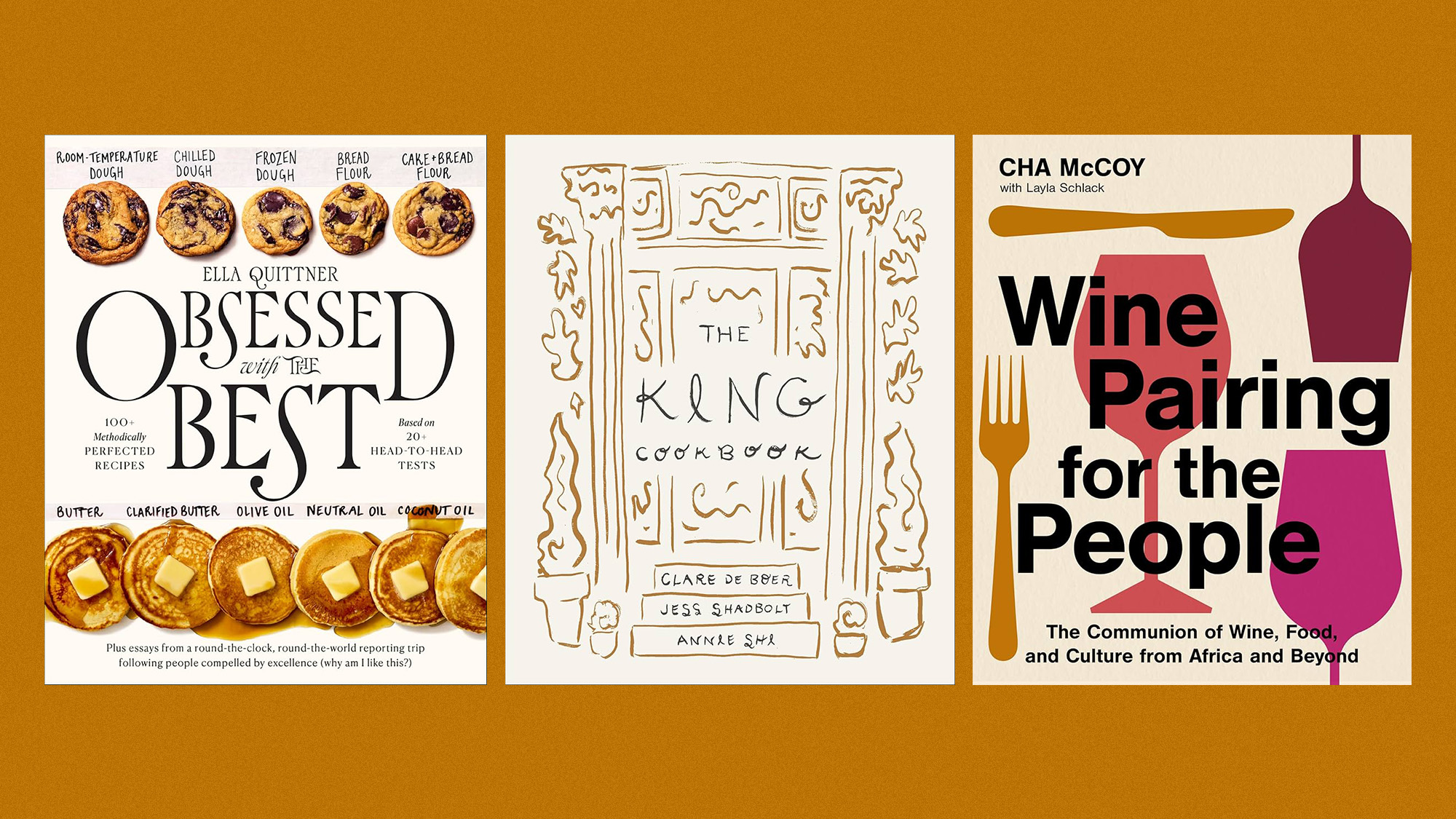Book reviews: 'The Headache: The Science of a Most Confounding Affliction—and a Search for Relief' and 'Tonight in Jungleland: The Making of "Born to Run"'
The search for a headache cure and revisiting Springsteen's 'Born to Run' album on its 50th anniversary

'The Headache: The Science of a Most Confounding Affliction—and a Search for Relief' by Tom Zeller Jr.
"Roughly 40% of the global population, or 3.1 billion people, suffer some kind of headache disorder," said Brandy Schillace in The Wall Street Journal. Yet because the source is unknown and invisible, the pain is often brushed off, "or worse, considered imaginary." Tom Zeller Jr.'s new book about migraines and other debilitating headaches can't solve the mystery of their cause. But he provides "ample and vivid evidence of the all-consuming pain that headache sufferers endure" and, using a tour through medical history and his own experiences of excruciating cluster headaches, argues powerfully that researchers and their funders must direct more attention to relieving the afflicted.
"Why are migraines such a common part of human experience?" asked physician Jerome Groopman in The New Yorker. Other mammals don't seem to suffer chronic headaches, which suggests that they're produced in the interaction of the most primitive and the more advanced parts of the brain. Headaches were taken seriously by the medical profession up through the 19th century. But even though 40 million of today's Americans suffer from migraines, costing the economy as much as $1 trillion a year, research into the cause has been feeble ever since, leaving doctors divided about whether the root trouble lies in abnormal functioning of blood vessels or in an abnormal flux of ions in the brain, mimicking epilepsy. Like many other migraine sufferers, I now use several medications to manage the challenge, after chasing a medical solution for years. "Reading Zeller's book, I was reminded that there is a kind of uneasy fellowship in this condition—a vast, involuntary community of people mapping out their lives between attacks, haunted by uncertainty but sustained in part by accounts like his."
The reasons that so little progress has been made are "highly contested," said Laura Miller in Slate. Migraines afflict three times as many women as men, suggesting that some blame lies in gender bias. But cluster headaches, which are more painful but far rarer, afflict mostly men. Fortunately, there's been progress in the past 35 years on treatment options, including the one I depend on, sumatriptan, which stimulates serotonin receptors. "While the medical explanations in The Headache occasionally made my eyes glaze over," Zeller's accounts of feuds among headache researchers and potential federal funders "present a delectable blend of dish and substance." And such fights matter. After all, "for millions of people, headaches are a literal torment."
The Week
Escape your echo chamber. Get the facts behind the news, plus analysis from multiple perspectives.

Sign up for The Week's Free Newsletters
From our morning news briefing to a weekly Good News Newsletter, get the best of The Week delivered directly to your inbox.
From our morning news briefing to a weekly Good News Newsletter, get the best of The Week delivered directly to your inbox.
'Tonight in Jungleland: The Making of "Born to Run"' by Peter Ames Carlin
"Born to Run clocks in at just under 40 minutes and has only eight tracks. But what an eight they are," said Bob Ruggiero in the Houston Press. "Thunder Road," "She's the One," the driving title track, and a handful of others remain cornerstones of both Bruce Springsteen's concert sets and his legend, and he recorded it all with his career on the line. Peter Ames Carlin's new book, arriving as the seminal Springsteen album turns 50, revisits the record's creation with the help of fresh interviews with Springsteen, fellow members of the E Street Band, and other key participants. "But what Carlin does here is more than just music journalism. He creates a story, a mood, and triumphs and challenges for its main and supporting characters," resulting in a book that's "almost novelistic."
"Much of Tonight in Jungleland is well-known lore to Springsteen's fans," said Jon Pareles in The New York Times. At 24, the kid from New Jersey who'd been hailed as the new Dylan was in danger of being cut loose by Columbia Records after two acclaimed but poor-selling albums. He was told he needed a hit single and tortured his band across six months of recording sessions at a low-budget studio to deliver "Born to Run." And even that track didn't impress Columbia brass, who found the sound too dense—until Springsteen's manager slipped copies to radio DJs to build enthusiasm. Then it was on to making the album that would surround the first single, and Springsteen, for the next year, "agonized over every sound and every note."
"What emerges is a fascinating portrait of a talented, ambitious, and stubborn young man who needed to get out of his own way to let the genius shine," said Annie Zaleski in the Los Angeles Times. When Springsteen first heard the completed album, he famously threw an acetate copy in a swimming pool. True, the record didn't sound like other things on the radio. But each song told a story about a rebel held back by others' rules who eventually breaks free, and when the album was released, it captured the voice of a disillusioned post-Vietnam generation. "Kind of hard to believe it almost didn't happen."
A free daily email with the biggest news stories of the day – and the best features from TheWeek.com
-
 Art that made the news in 2025
Art that made the news in 2025The Explainer From a short-lived Banksy mural to an Egyptian statue dating back three millennia
-
 Nine best TV shows of the year
Nine best TV shows of the yearThe Week Recommends From Adolescence to Amandaland
-
 Winter holidays in the snow and sun
Winter holidays in the snow and sunThe Week Recommends Escape the dark, cold days with the perfect getaway
-
 8 new cookbooks begging to be put to good winter use
8 new cookbooks begging to be put to good winter usethe week recommends Booze-free drinks, the magic versatility of breadcrumbs and Japanese one-pot cooking
-
 The best homes of the year
The best homes of the yearFeature Featuring a former helicopter engine repair workshop in Washington, D.C. and high-rise living in San Francisco
-
 Critics’ choice: The year’s top 10 movies
Critics’ choice: The year’s top 10 moviesFeature ‘One Battle After Another’ and ‘It Was Just an Accident’ stand out
-
 A luxury walking tour in Western Australia
A luxury walking tour in Western AustraliaThe Week Recommends Walk through an ‘ancient forest’ and listen to the ‘gentle hushing’ of the upper canopy
-
 Joanna Trollope: novelist who had a No. 1 bestseller with The Rector’s Wife
Joanna Trollope: novelist who had a No. 1 bestseller with The Rector’s WifeIn the Spotlight Trollope found fame with intelligent novels about the dramas and dilemmas of modern women

